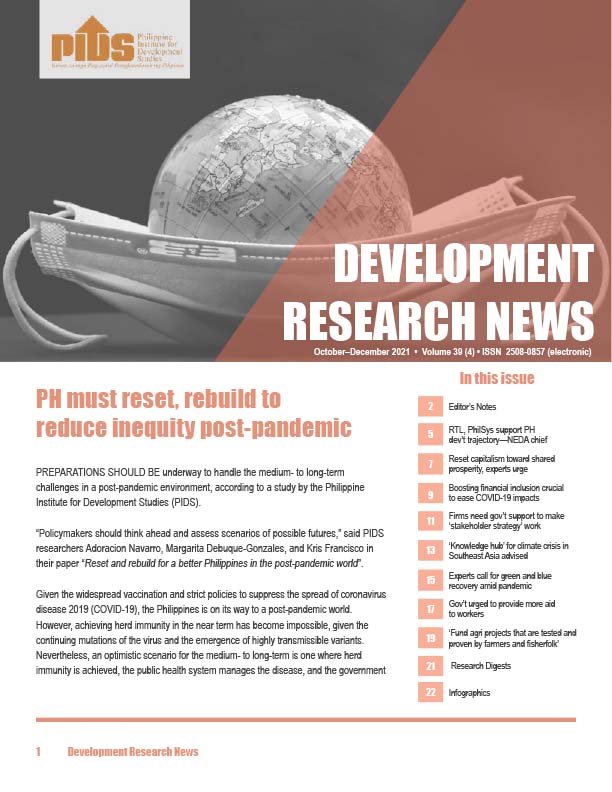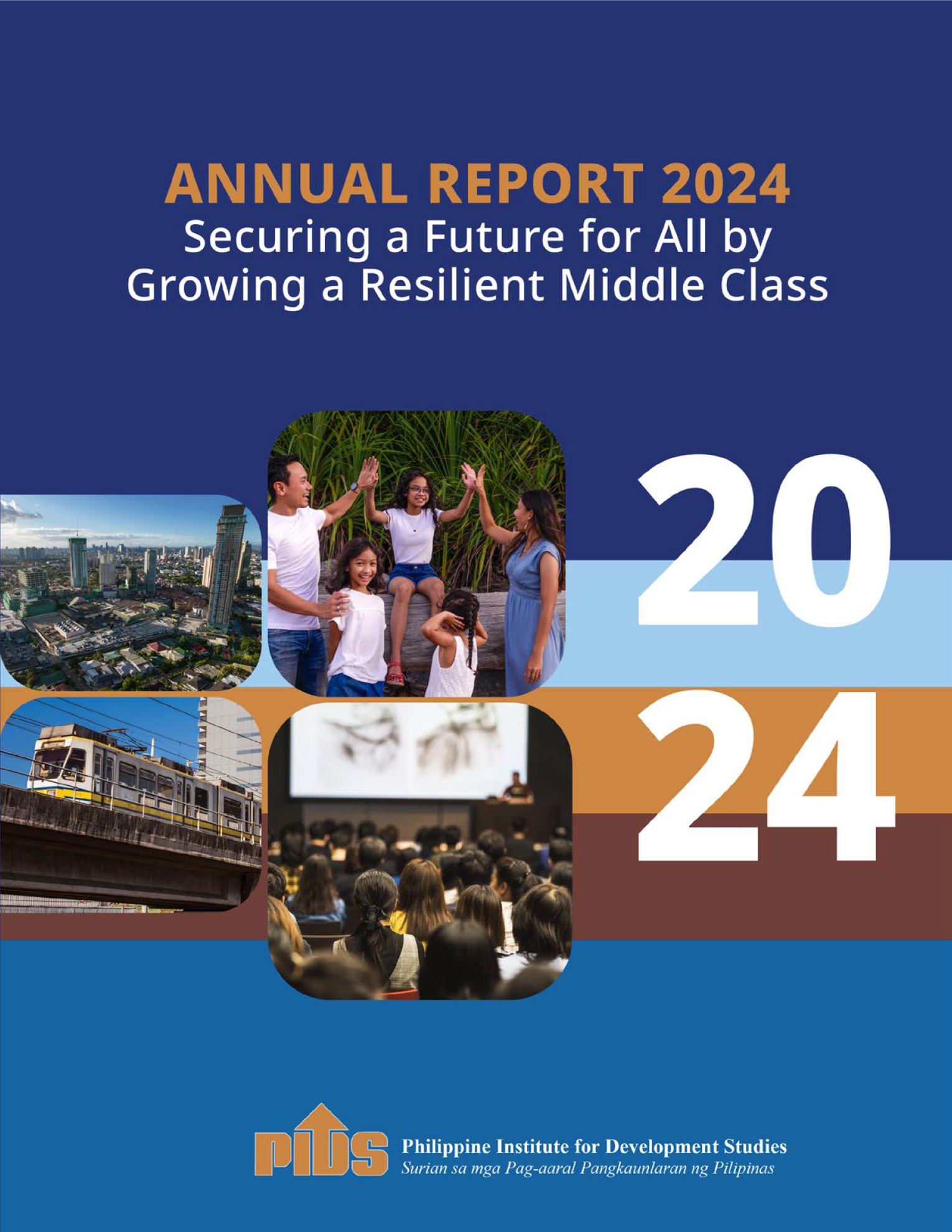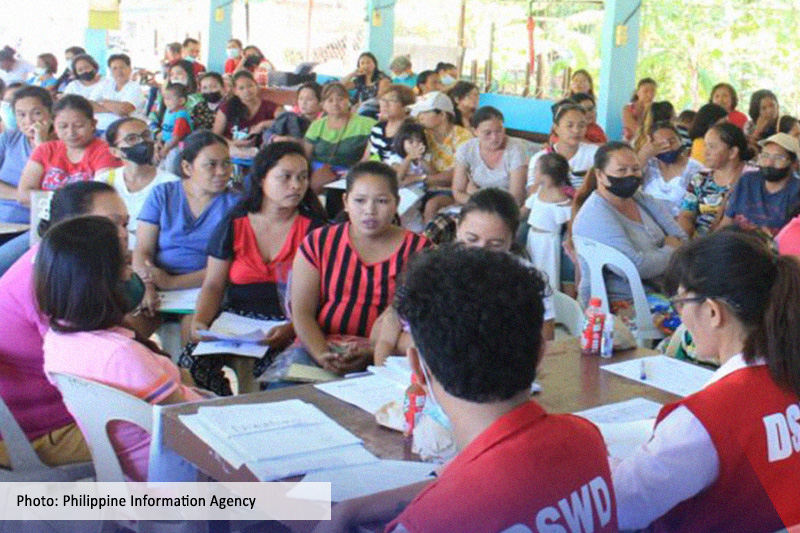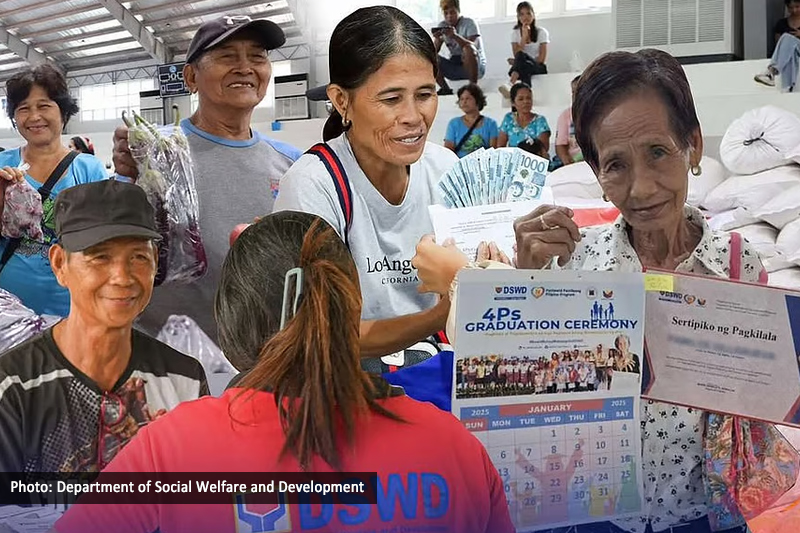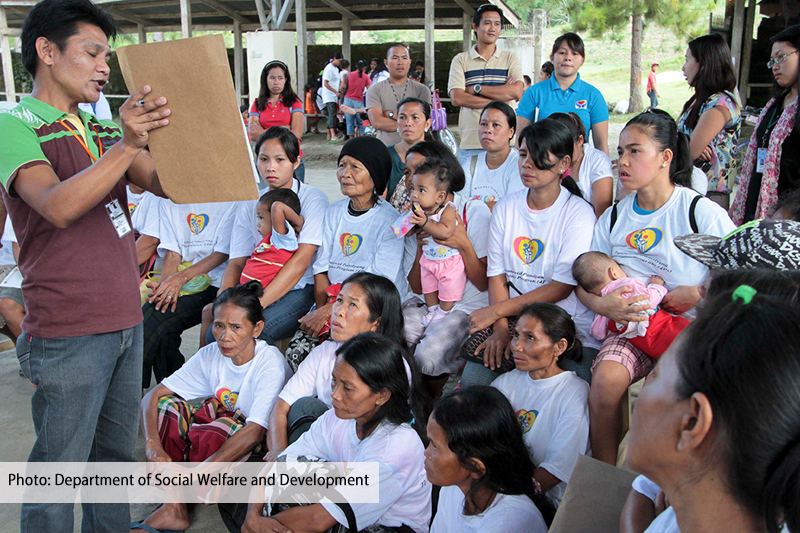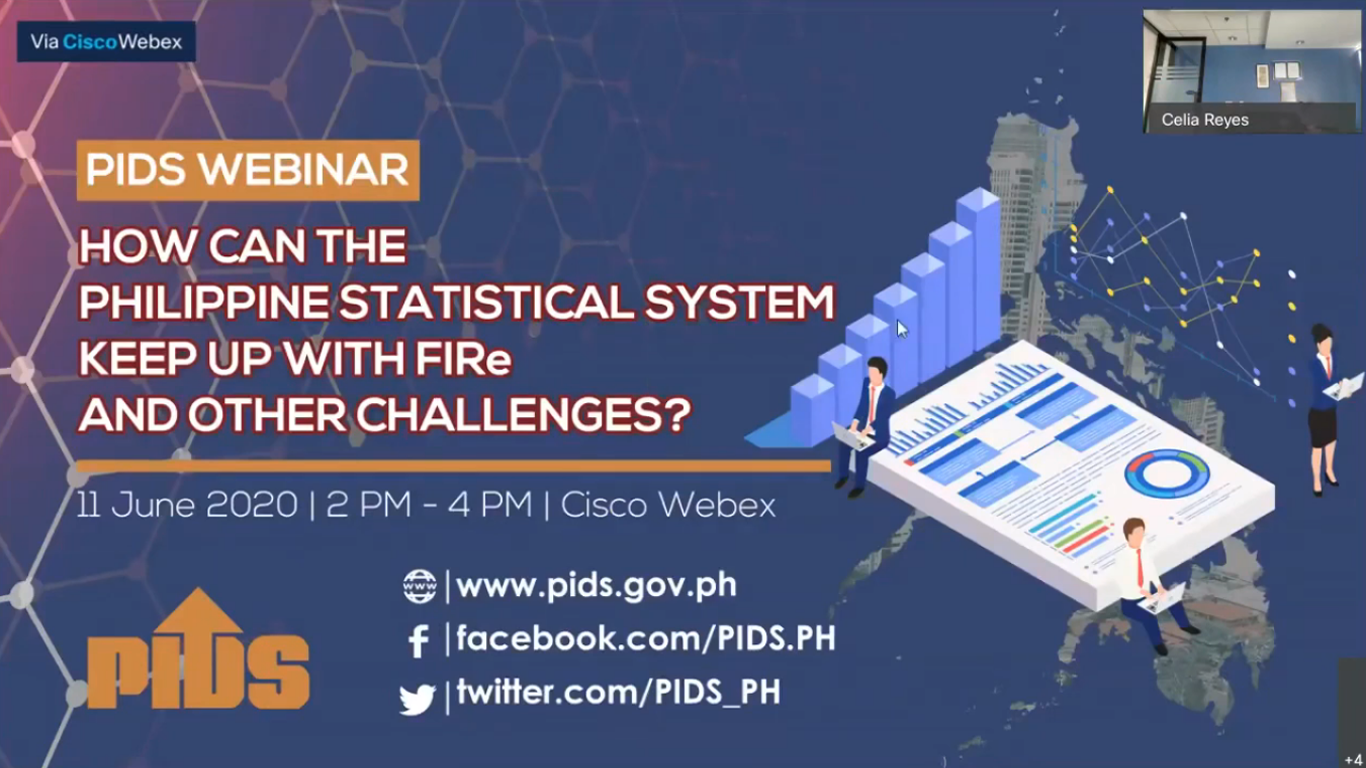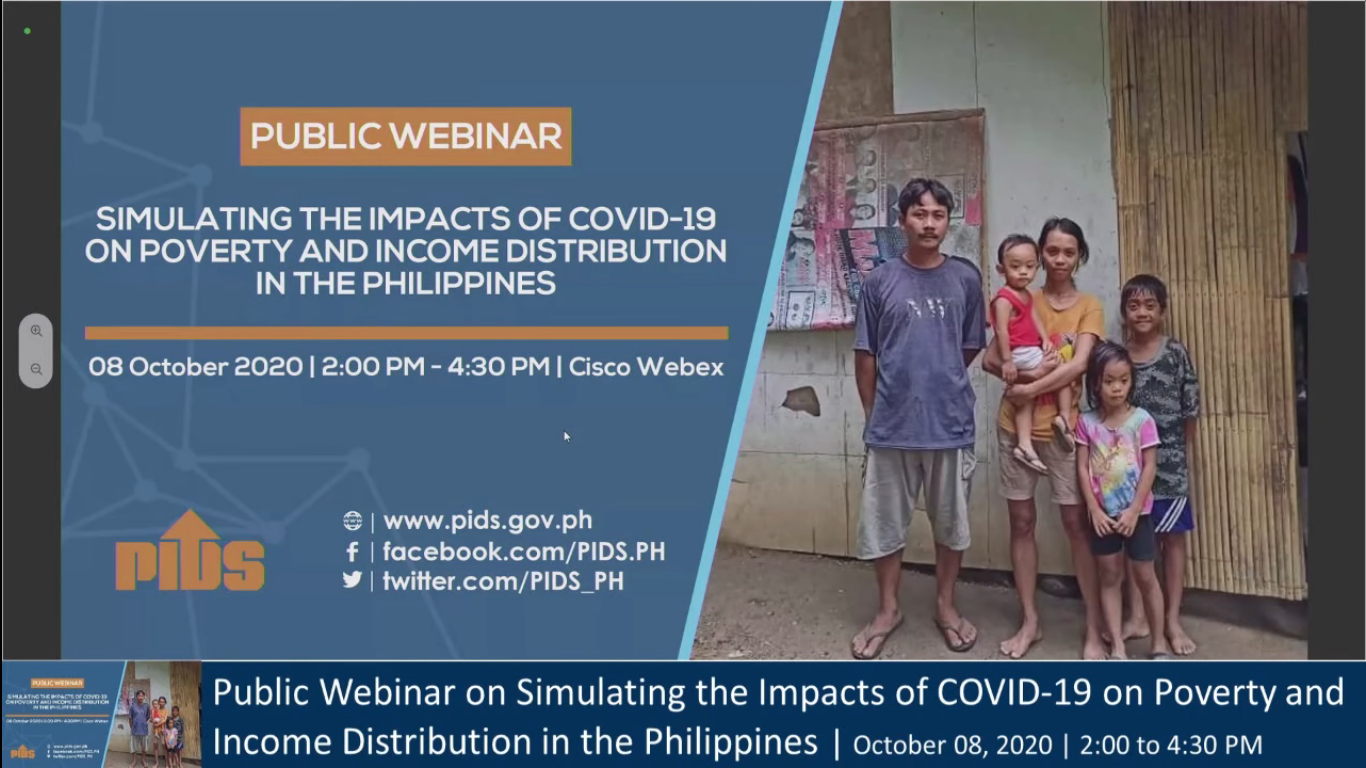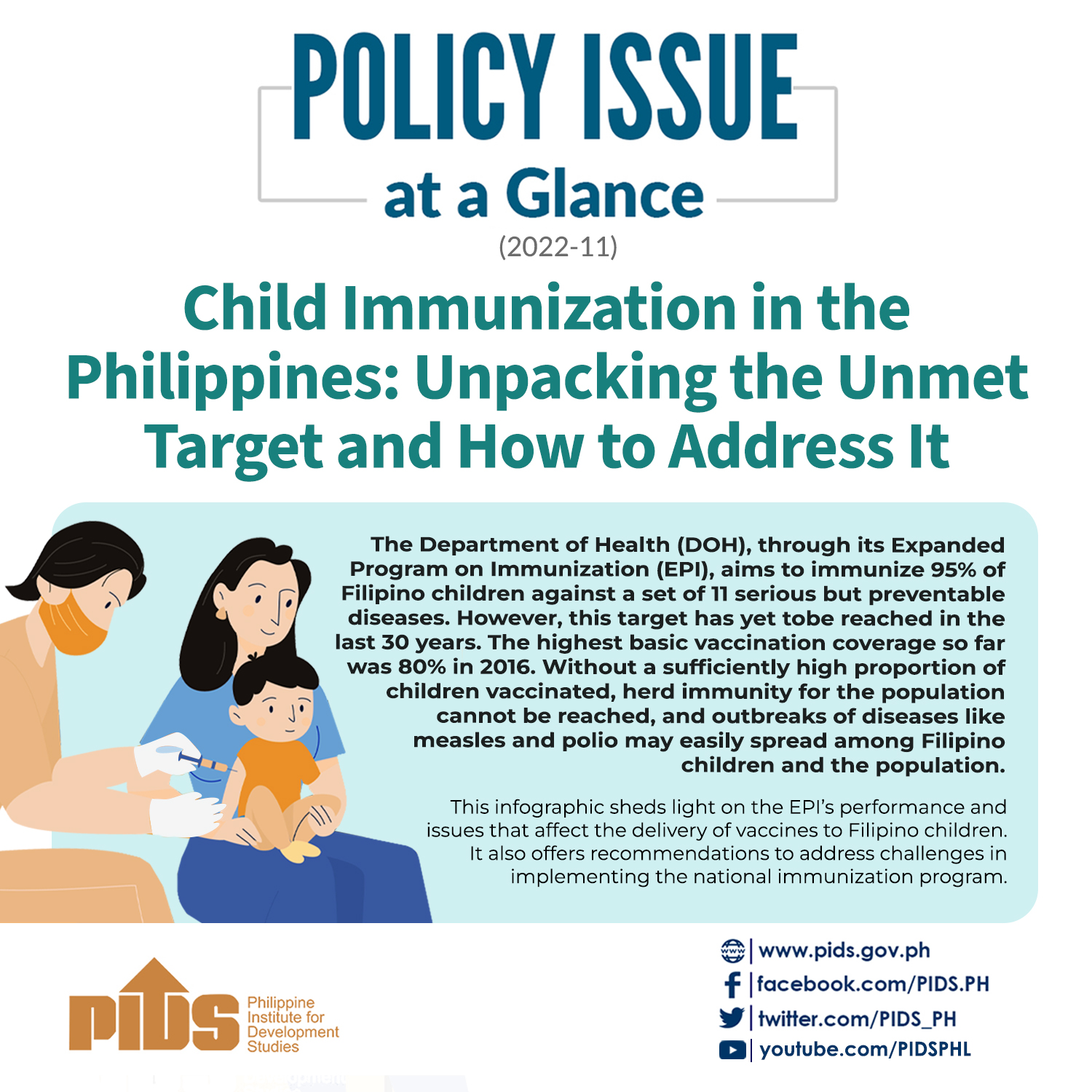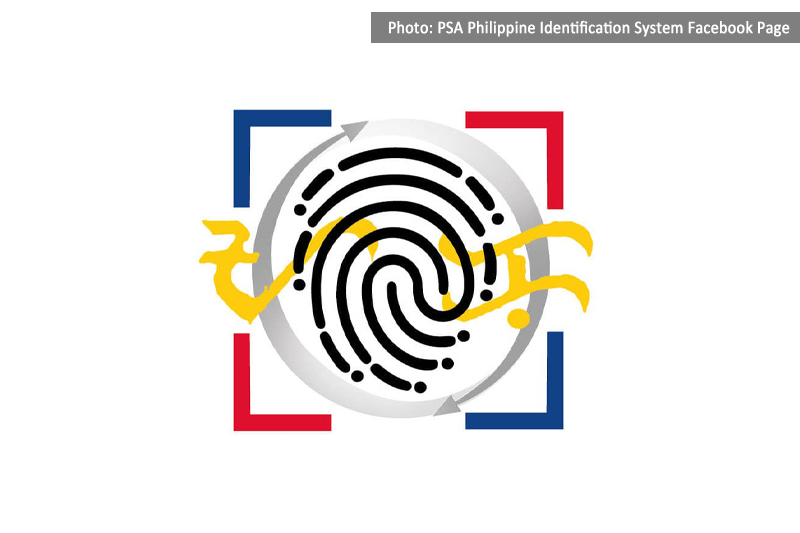
The Philippine Identification System or PhilSys can help address recurring delays in the distribution of government assistance to beneficiaries.
This is according to Assistant Secretary Joseline Niwane of the Department of Social Welfare and Development at a public webinar recently organized by the Philippine Institute for Development Studies (PIDS).
Niwane, who served as a discussant at the PIDS event, said that one of the major causes of delays in distributing government assistance like the Social Amelioration Program (SAP) is the lack of identification cards among many beneficiaries.
She said that through the PhilSys, it would be easier for the department to identify target recipients for social protection programs like the SAP.
“Once the national ID system is in place, we will be able to assist our beneficiaries directly through digital means. They will also be able to access government benefits better and faster,” the DSWD official explained.
DSWD currently relies on the SAP forms distributed and provided by barangay officials and local government units.
PIDS Senior Research Fellow Jose Ramon Albert, the main presenter in the webinar, supported Niwane’s statement. The national ID system’s implementation in the Philippines is long overdue, he said.
“It should have been implemented years ago before the pandemic. Unfortunately, there have been some delays in its implementation that is why, as Assistant Secretary Niwane pointed out, it has not been easy for the DSWD to provide the SAP and other kinds of benefits [to the people],” he said.
Albert also emphasized the need to have ‘data interoperability among government agencies’ once the national ID system is in full swing.
“Will [other government agencies] be able to share databases with the DSWD so that we won’t be wasting resources? Because sometimes, we seem to be giving too many benefits to people, and we don’t know whether there are actual changes in their lives as a result of all the programs that we are [providing them],” he pointed out.
Concurring with Albert, Niwane said that government agencies must synchronize and share their data to prevent beneficiaries from receiving “double or triple assistance”. Data interoperability will also help the government monitor the assistance’ impact on the beneficiaries' lives, she added.
Moreover, Albert underscored the importance of data privacy in the implementation of the national ID system.
“We have a stringent privacy law that is sometimes misunderstood by people. How do we implement [the national ID system] while maintaining privacy? The issue is not whether people should have access to one’s personal information. It is more of making sure that there will be those who will be made accountable because sometimes people can misuse the access to data,” he said.
The nationwide implementation of the PhilSys is mandated by Republic Act No. 11055, otherwise known as the “Philippine Identification System Act”.
Signed by President Duterte on August 6, 2018, the Act decrees the establishment of a single national identification system that aims to provide a valid proof of identity for Filipino citizens and resident aliens in the country.
The PhilSys is lodged with the Philippines Statistics Authority (PSA). The agency aims to register low-income household heads by the fourth quarter of 2020 and open the registration to the general public by 2021. ###
Watch the video of this seminar at https://www.facebook.com/PIDS.PH/videos/256956769024542. For more videos of PIDS events, go to https://www.pids.gov.ph/videos.
This is according to Assistant Secretary Joseline Niwane of the Department of Social Welfare and Development at a public webinar recently organized by the Philippine Institute for Development Studies (PIDS).
Niwane, who served as a discussant at the PIDS event, said that one of the major causes of delays in distributing government assistance like the Social Amelioration Program (SAP) is the lack of identification cards among many beneficiaries.
She said that through the PhilSys, it would be easier for the department to identify target recipients for social protection programs like the SAP.
“Once the national ID system is in place, we will be able to assist our beneficiaries directly through digital means. They will also be able to access government benefits better and faster,” the DSWD official explained.
DSWD currently relies on the SAP forms distributed and provided by barangay officials and local government units.
PIDS Senior Research Fellow Jose Ramon Albert, the main presenter in the webinar, supported Niwane’s statement. The national ID system’s implementation in the Philippines is long overdue, he said.
“It should have been implemented years ago before the pandemic. Unfortunately, there have been some delays in its implementation that is why, as Assistant Secretary Niwane pointed out, it has not been easy for the DSWD to provide the SAP and other kinds of benefits [to the people],” he said.
Albert also emphasized the need to have ‘data interoperability among government agencies’ once the national ID system is in full swing.
“Will [other government agencies] be able to share databases with the DSWD so that we won’t be wasting resources? Because sometimes, we seem to be giving too many benefits to people, and we don’t know whether there are actual changes in their lives as a result of all the programs that we are [providing them],” he pointed out.
Concurring with Albert, Niwane said that government agencies must synchronize and share their data to prevent beneficiaries from receiving “double or triple assistance”. Data interoperability will also help the government monitor the assistance’ impact on the beneficiaries' lives, she added.
Moreover, Albert underscored the importance of data privacy in the implementation of the national ID system.
“We have a stringent privacy law that is sometimes misunderstood by people. How do we implement [the national ID system] while maintaining privacy? The issue is not whether people should have access to one’s personal information. It is more of making sure that there will be those who will be made accountable because sometimes people can misuse the access to data,” he said.
The nationwide implementation of the PhilSys is mandated by Republic Act No. 11055, otherwise known as the “Philippine Identification System Act”.
Signed by President Duterte on August 6, 2018, the Act decrees the establishment of a single national identification system that aims to provide a valid proof of identity for Filipino citizens and resident aliens in the country.
The PhilSys is lodged with the Philippines Statistics Authority (PSA). The agency aims to register low-income household heads by the fourth quarter of 2020 and open the registration to the general public by 2021. ###
Watch the video of this seminar at https://www.facebook.com/PIDS.PH/videos/256956769024542. For more videos of PIDS events, go to https://www.pids.gov.ph/videos.

